Mud, silt, and sediment removal and pumping from a shallow well. Well Sediment builds up over time and needs to be removed. Dug well cleaning of mud can be a daunting task. First you have to repair any leaks in the well rings to stop the the silt from building up.
See the How to Video.
Background for the Well Sediment Removal Project

Here on the west coast we have plenty of water in the winter months but it can get really dry in the summer. So having enough water for our expanding garden is a concern.
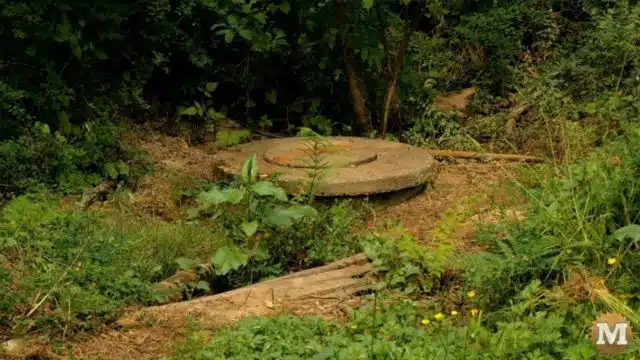
We are fortunate to have an irrigation well over in the corner of our property.
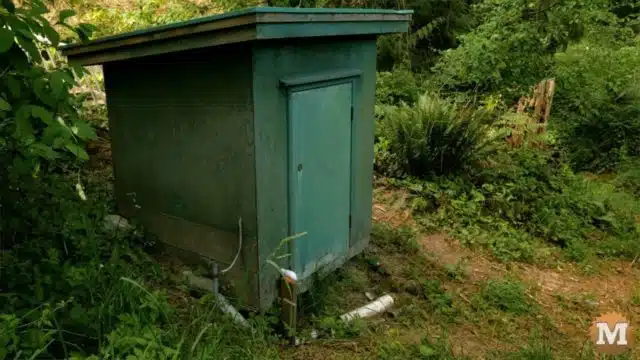
It’s a shallow dug well with a pump house. There’s an underground water line running across the field to hose bibs on the house for the flower beds there.
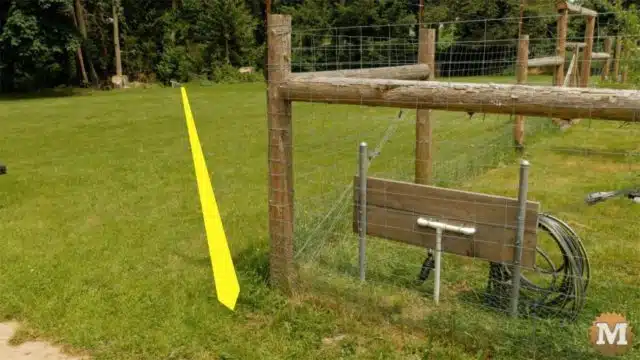

New Garden adds to Water Needs
Last year we fenced in a large section of our field here for a vegetable garden.
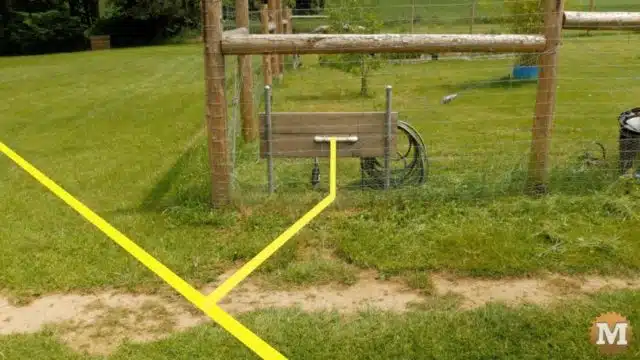
I tapped into that underground one inch line and put in several hose bibs inside this fenced area.
We had just enough time last spring to add some beds with timers and drip irrigation to our new garden.
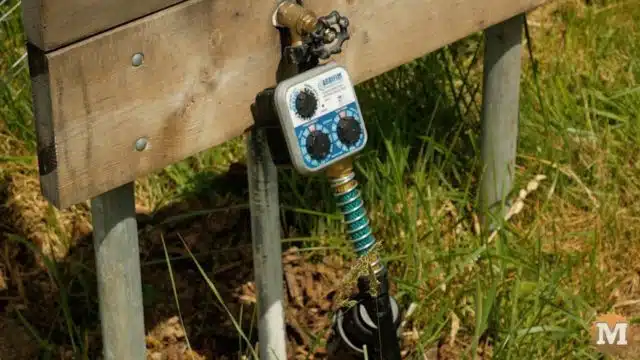
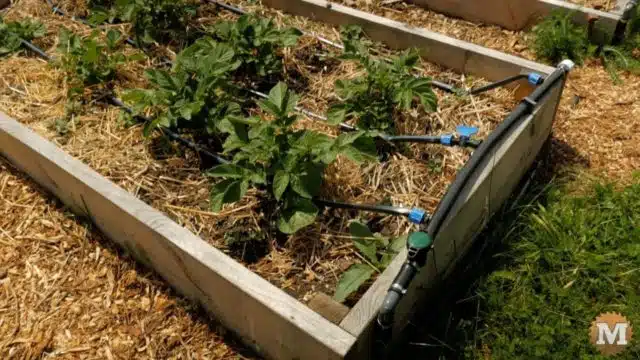
During the driest part of the summer the well was getting very low and I worried that we would run out of water.
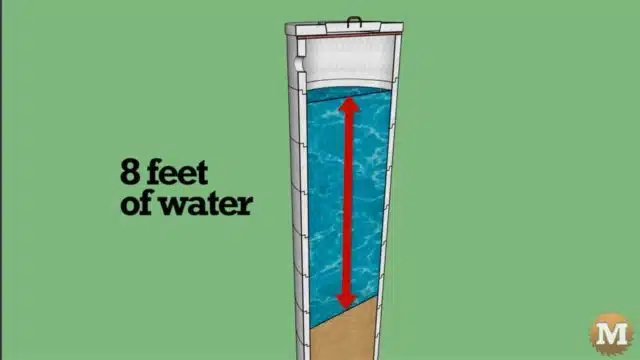
Checking the well, I found that when full I had a water depth of about eight feet or approximately five hundred gallons.
(Disclaimer: As an Amazon Associate I earn from qualifying purchases. Thank you for helping to support my content this way. )
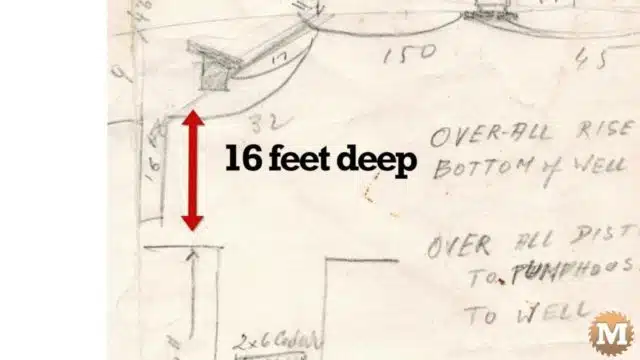
A old hand drawn sketch of the irrigation water system indicated that the well was originally sixteen feet deep.
Old Irrigation Well Sediment Building Up
Over the years the well has silted up and there must be close to six feet of mud in the bottom.
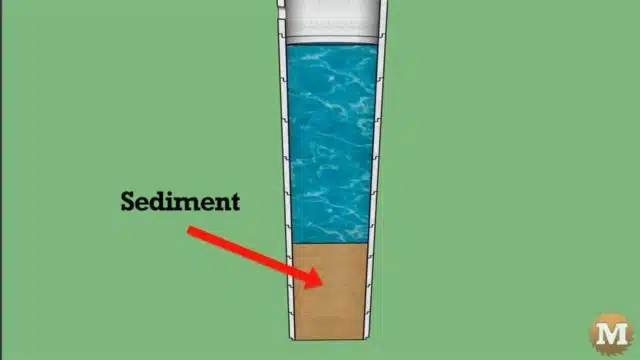
The original one and a quarter inch plastic hose is buried securely in the mud.
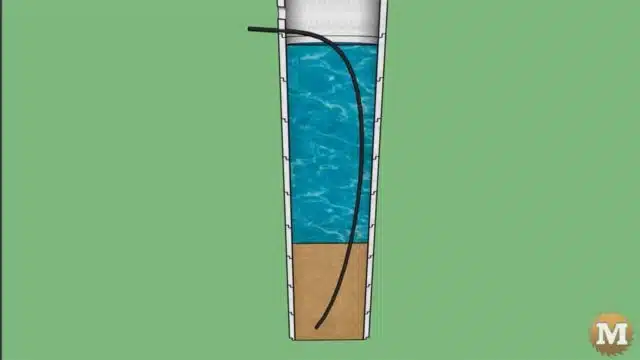
Also, a six inch diameter plastic drain pipe that’s hung by a rope in the middle is also mostly buried and won’t budge.
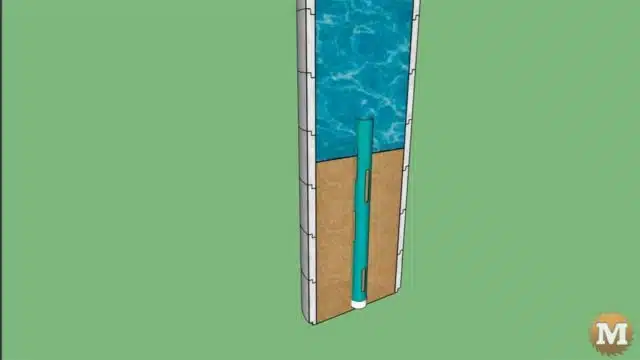

I found later that this big pipe had several slots cut down it’s length and it was sunk right to the bottom.
It looks like the previous owner had their pump hose with foot valve running down inside it. Perhaps it kept mud and silt from clogging the foot valve. I can’t say for sure what it’s purpose was but if you’ve seen anything like this then please leave me a note in the comment section below.
